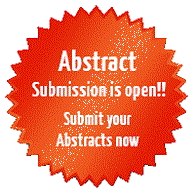Recommended Global Cardiology Webinars & Conferences
Asia Pacific & Middle East
Canada
heart-cs-2026
To Collaborate Scientific Professionals around the World
Conference Date January 12-13, 2026
For Sponsors & Exhibitors
Speaker Opportunity
Useful Links
Supported By
All accepted abstracts will be published in respective Conference Series International Journals.
Abstracts will be provided with Digital Object Identifier by


